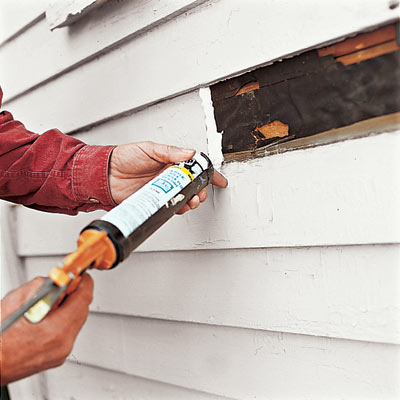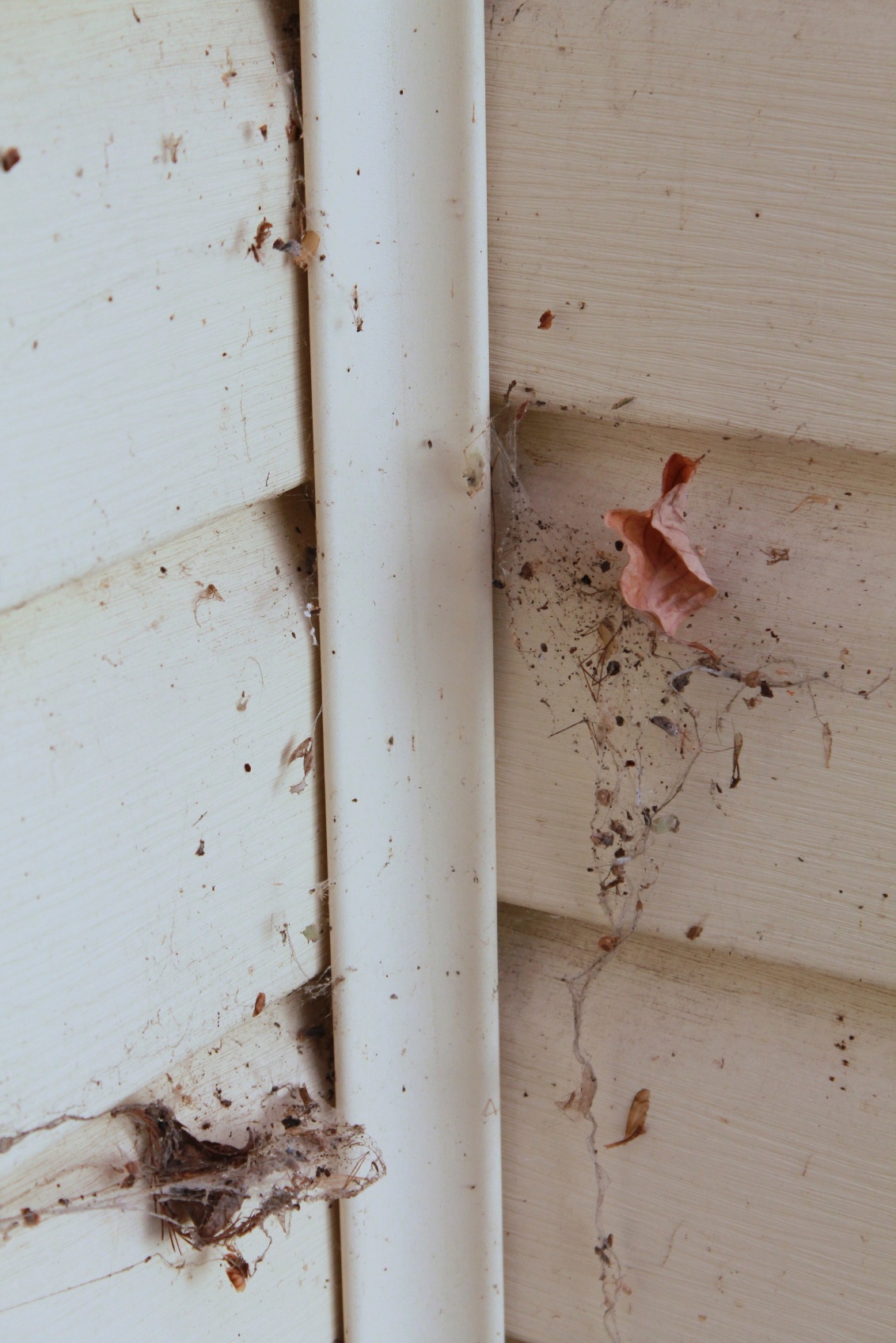Just because it’s cold outside doesn’t mean pest problems disappear. In fact, the unusually warm autumn has kept many pests active longer than usual, preventing them from going into dormancy as expected. Even trees have been pollinating a second time, which helps explain why my allergies have been worse this year. It’s a perfect reminder of why it’s so important to know how to prevent common winter pests from invading your home.
Are Bugs Worse This Year?
There’s a lot of talk about whether this mild winter will lead to a larger population of insects in the spring. It’s hard to say for sure, but based on the calls we’re getting, it’s clear that something unusual is happening. Many pests’ natural cycles are being disrupted. Sunny days have given warmth to invaders like stink bugs, boxelder bugs, and Asian beetles, which are basically the “evil twin” of ladybugs. Meanwhile, other pests, like yellow jackets, are still seeking shelter in attics or behind siding. Even snow is helping rodents thrive by offering protection from predators. So, will these pests reproduce even more, making spring a nightmare? Only time will tell, but knowing how to prevent common winter pests now can help keep your home safe later.
Regardless of the unpredictable winter temperatures, winter pests DO exist. We want to remind homeowners that winter is actually a crucial time to pest-proof around the house to prevent pests from coming indoors.
“Although winter is a time of hibernation for many animals, certain pests can be year round issues that homeowners should continuously address to prevent infestations and damage,” said Jeff Beallis, Rose Pest Solutions Lombard IL Branch Manager. “In fact, we’ve received various calls in recent weeks regarding wasps, believe it or not.”
Common Winter Pests
- Cockroaches
- Mice
- Stink bugs
- Boxelder Bugs
- Asian beetles
- Spiders
How to Prevent a Winter Pest Problem
The National Pest Management Association (NPMA) offers these helpful tips for homeowners to keep their homes pest-free this winter:
- Check for missing roof shingles, torn window screens, and clogged gutters, as these are all entry points for pests.
- Seal any cracks and holes, including those around utilities and pipes, to keep pests from getting inside.
- Replace weather-stripping and repair any loose mortar around basement foundations and windows.
- Ensure basements, attics, and crawl spaces are well-ventilated and dry.
- Vacuum around doors and windows regularly. Frequent vacuuming can help catch invaders like spiders, silverfish, earwigs, and beetles.
- Inspect garages and outbuildings for rodents or any signs of infestation. Organize clutter, boxes, and random items along the walls where mice may hide or build nests.




